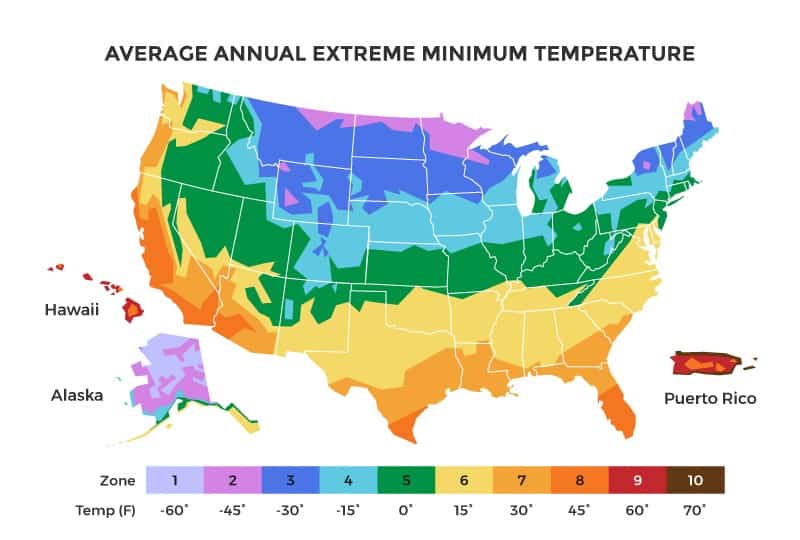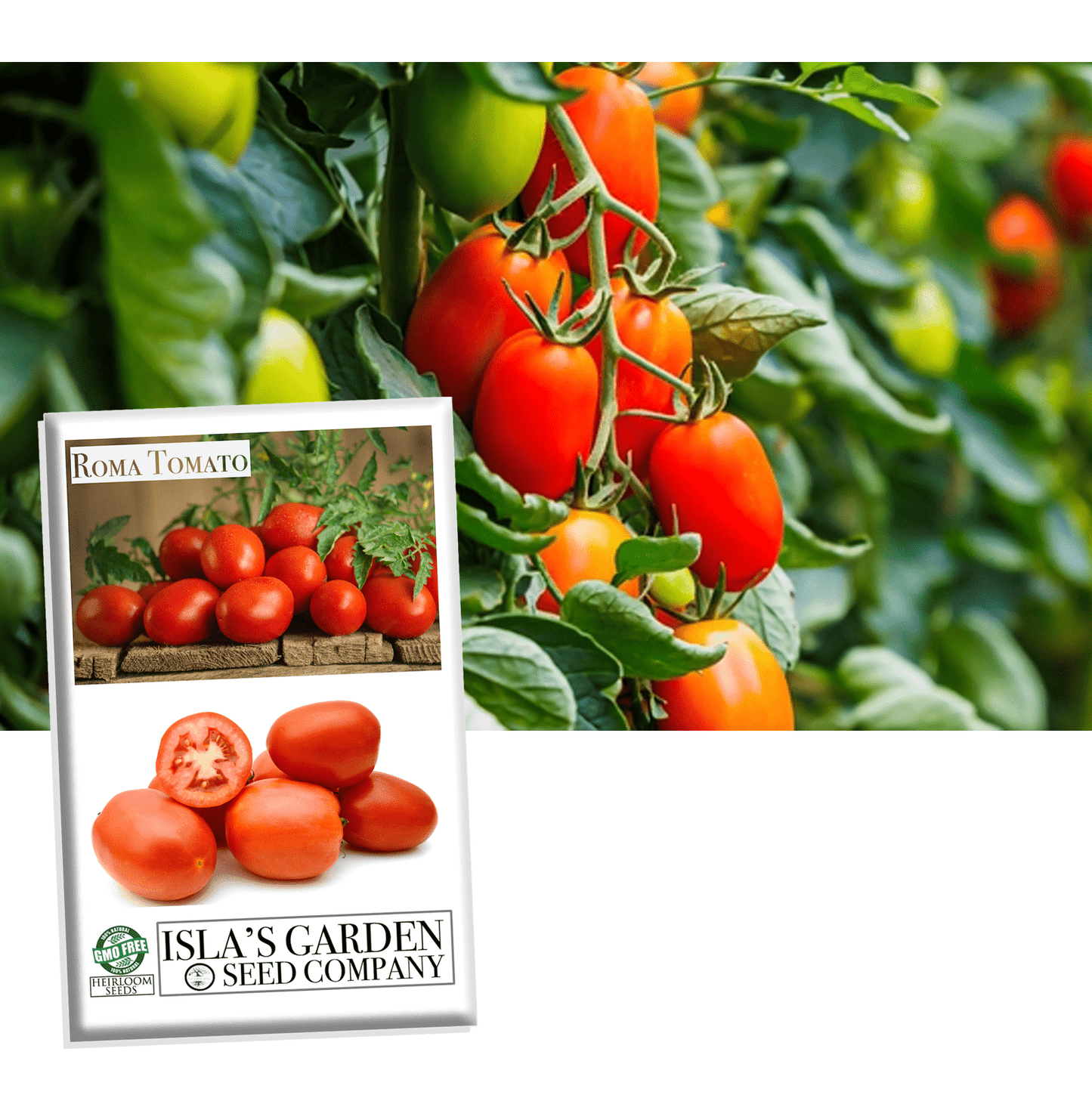
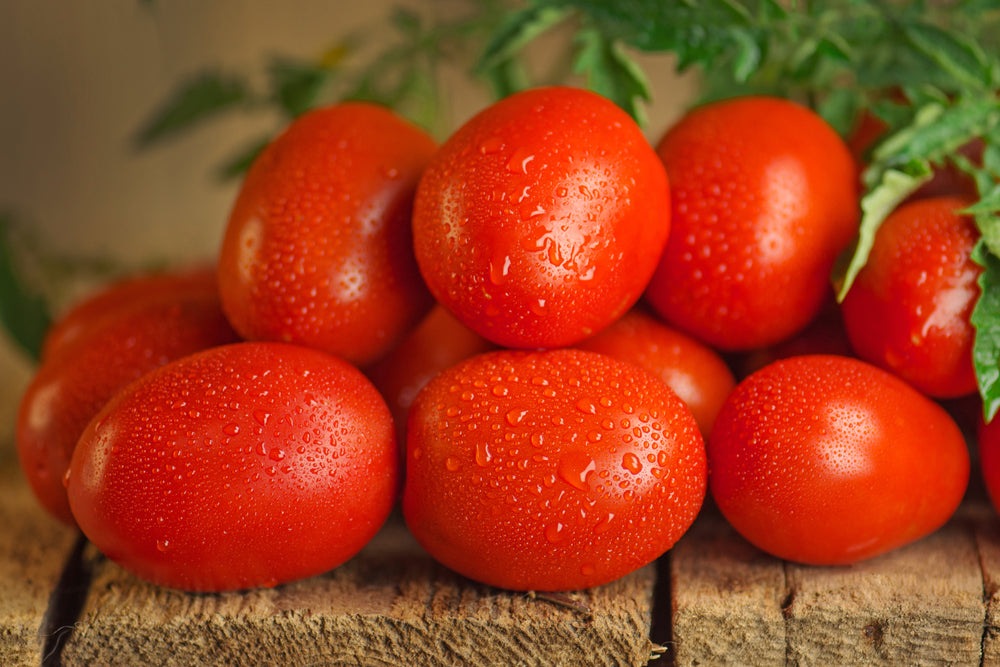

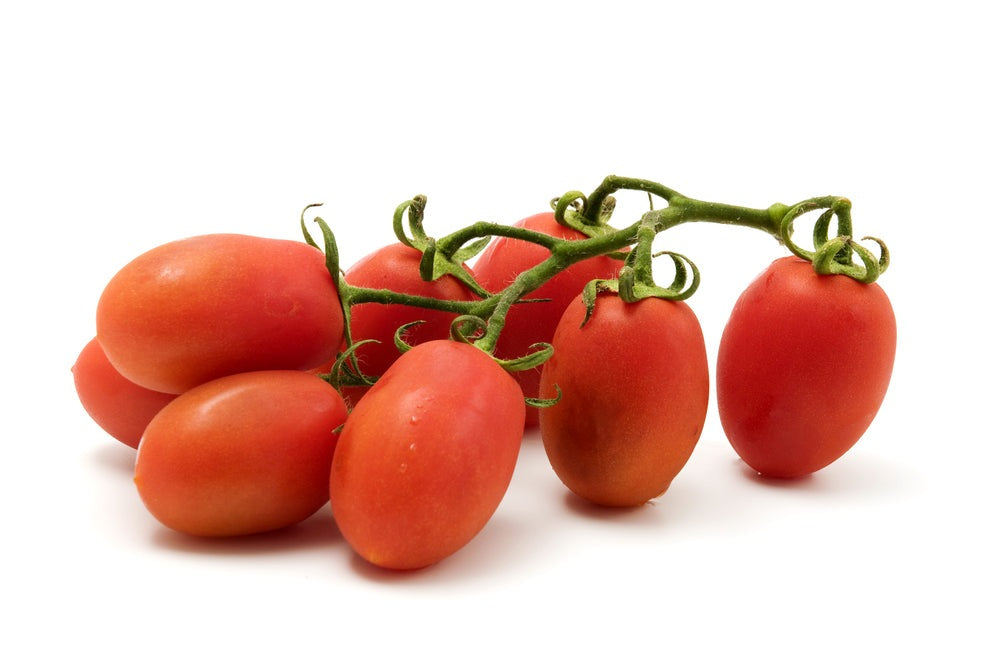
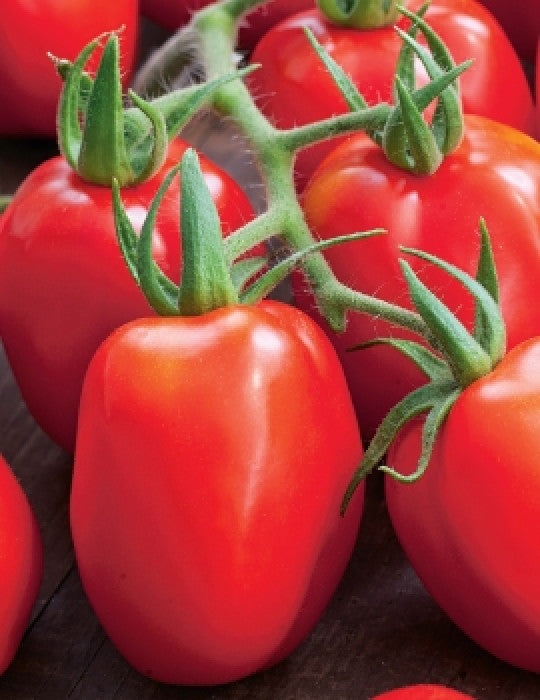

Solanum lycopersicum "Roma"
The ideal tomato for paste, sauce, or canning. These tomatoes aren't very juicy, have few seeds, and are thick-fleshed and dense. Not great as a slicing tomato. Resistant to fusarium wilt and verticillium wilt. Determinate.
Planting Instructions
Type: AnnualSun: Full
Planting Depth: 1/4”
Spacing: 24-34”
Water: Moderate
Days to Maturity/Bloom: 70-80 days
Height: 4-6'
Zones: 3-12
Approx seeds per order 300
Start tomatoes indoors 6-8 weeks before the last expected frost. Alternately, they can be planted in the garden directly after all danger of frost has passed. Many tomato varieties have long growing seasons so be aware and make sure they have enough time to reach maturity.
Transplant seedlings to the garden when the soil is warm and after there are no more frosts. Harden off seedlings before transplanting.
Tomatoes need at least 6 hours of direct sunlight every day. Do not plant tomatoes in a shady area.
Plant tomatoes at least 2 feet apart so they have space to grow outwards. They will need to be staked or caged so they can stand upright. It is best to provide support before they get too tall so you don't damage the roots or branches doing it later. The fruits need to be kept off the ground – they will rot if they are not held up.
As the tomato plants grow, pinch or cut off the lower branches to focus the tomatoes growth upwards instead of outwards. Pinch off suckers that grow between the branches and main stem. This is to assist in fruit production as opposed to foliage production. It also prevents diseases from spreading from the soil to the foliage.
Growing Tomatoes in Containers: A large pot with drainage holes is necessary. Without good drainage, the roots will rot and kill the plant. Use a good well-draining potting mix. Choose a determinate tomato variety. A dwarf variety is best for containers. Only plant one tomato per pot. Put tomato plants in a spot where they will get 6-8 hours of sun per day. Water regularly without letting soil get soggy.
Determinate vs. Indeterminate: This designation refers to the growth rate of the tomato plant. Determinate tomato plants grow to a specific height and then they stop. They also mature quicker, going from flower to fruit faster than indeterminate. These plants tend to be smaller and are great for small spaces or container gardening. They are easy to control and work well with tomato cages or being staked.
Indeterminate tomato plants don't have a specific height and many will grow wildly, sometimes up to 8ft tall if they are not pruned. The branches grow out horizontally as well, and if they are not cut back, they will turn into a jungle of tomato vines. Older varieties, including most heirlooms, are indeterminate. They produce wonderful flavorful fruits, though they often take longer to mature since the plant is expending a lot of energy into the vines, instead of the fruit.
USDA Zone Map
